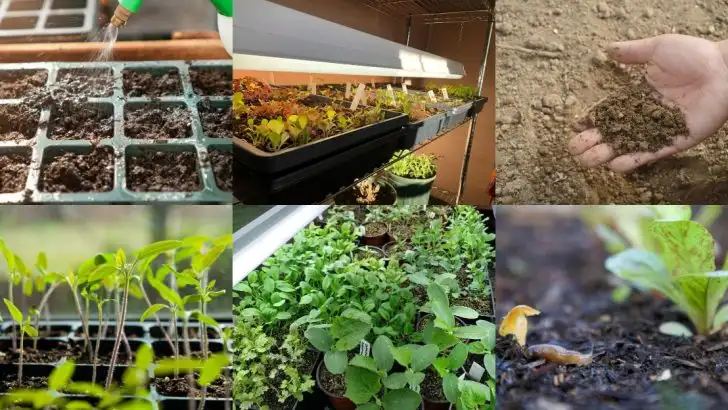Growing seedlings should be easy—plant the seeds, give them some light, and wait for tiny green sprouts to appear. But somehow, things go wrong.
Spindly stems, yellow leaves, or worse… nothing at all. The truth is, seedlings are a little dramatic.
They demand just the right amount of water, light, and care. Too much attention?
They flop over. Not enough?
They stall out. Before you waste another tray of seeds, let’s talk about the common mistakes that can sabotage your seedlings before they even get started.
From drowning them in love (literally) to planting too deep, these are the pitfalls every gardener has faced at some point. Get ready to turn those fragile sprouts into strong, thriving plants—without the heartbreak.
Overwatering
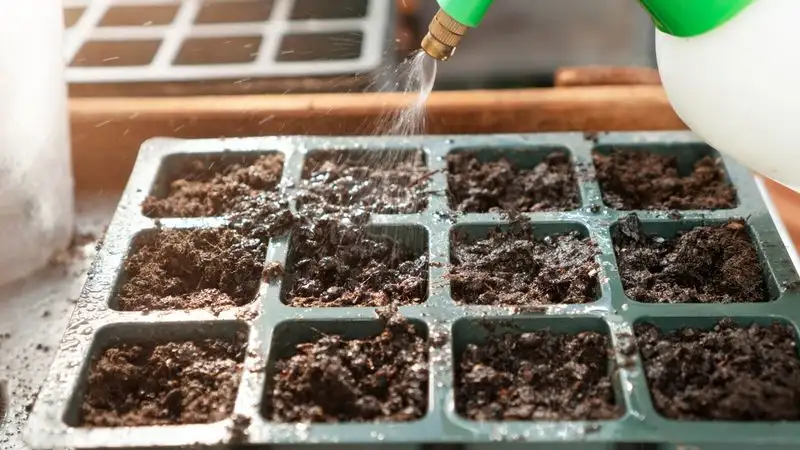
Excess water can suffocate seedlings, cutting off vital oxygen to their roots. Many assume that more water equals healthier plants, but this often leads to root rot.
It’s crucial to gauge the soil’s moisture level before watering. Use your finger to check if the top inch is dry.
Overwatering is particularly easy when using pots without drainage holes, so ensuring proper drainage can prevent water from accumulating. A balance between wet and dry periods encourages robust root development.
Regularly monitoring the weight of the container can also give clues about its water content.
Inadequate Lighting
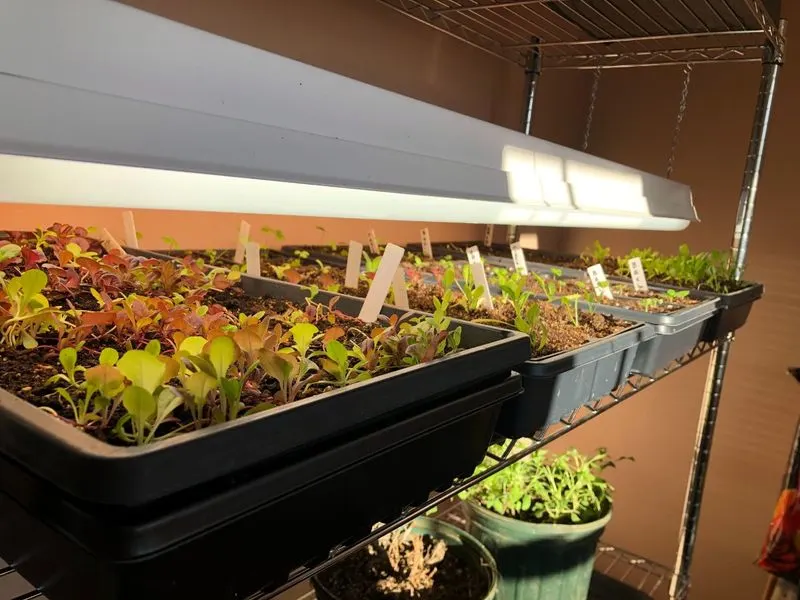
Seedlings require ample light to grow strong and sturdy. Without it, they become leggy and weak, stretching towards any available light source.
Ensure they receive at least 12-16 hours of light daily. If natural sunlight is limited, consider investing in grow lights.
Position them close to the seedlings to mimic the sun as much as possible. Monitor the plants and adjust the light source as they grow taller.
This setup helps in preventing the common pitfall of inadequate lighting and supports healthy photosynthesis.
Using Poor Soil
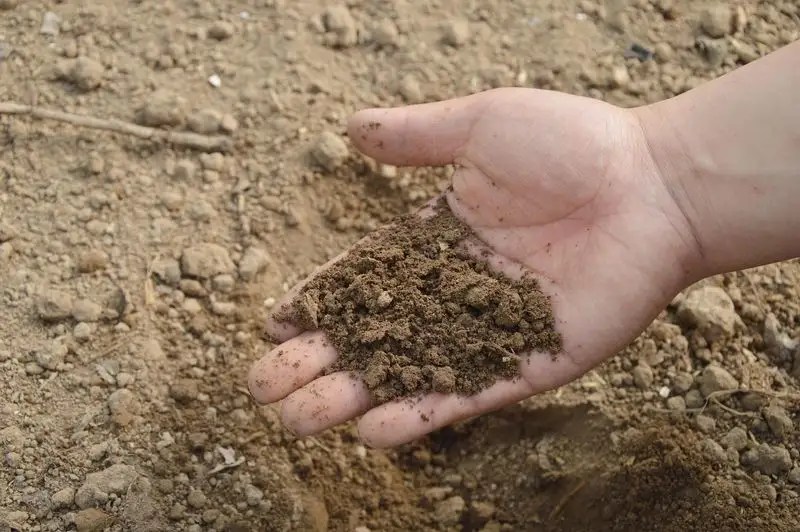
Quality soil is vital for seedling health. Using garden soil often leads to poor drainage and compaction, which is not ideal.
Seedlings thrive in a light, well-aerated mix. A good seed starting mix usually contains peat moss, vermiculite, and perlite.
These components ensure excellent drainage and air circulation. Before planting, check the soil for any pests or diseases, as these can quickly spread and damage young plants.
Regularly refreshing the soil mix between planting cycles can also prevent nutrient depletion.
Neglecting Temperature Needs
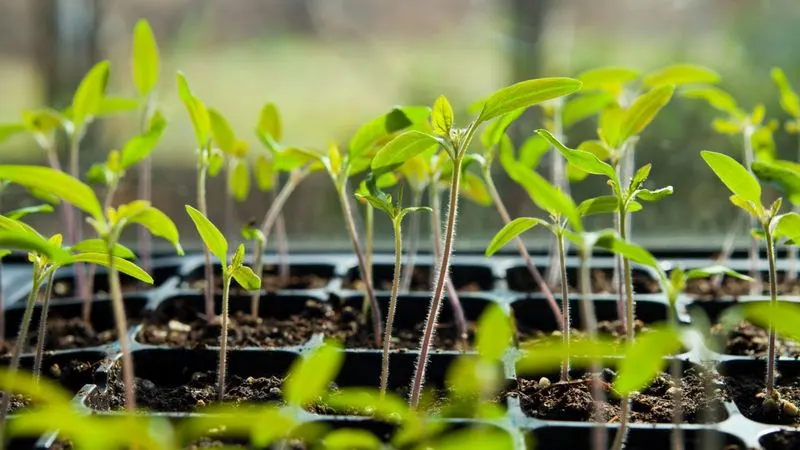
Temperature plays a crucial role in seedling development. Extreme temperatures can stunt growth or kill seedlings.
Most thrive in temperatures between 65°F and 75°F. It’s important to monitor the environment closely, especially if seedlings are near windows or heating vents.
A sudden cold draft or heat spike can be detrimental. Using a seedling heat mat can provide consistent warmth, particularly for heat-loving plants.
Consistency in temperature helps prevent common issues related to growth and vitality.
Crowding Seedlings

Too many seedlings in one space can lead to competition for resources, resulting in weaker plants. It’s tempting to plant several seeds to ensure germination, but once they sprout, thinning is necessary.
Aim to give each seedling enough room to grow without interference from its neighbors. This practice promotes better air circulation, reducing the risk of disease.
Transplanting to individual containers as they grow can also help manage crowding and support robust development.
Ignoring Pest Control
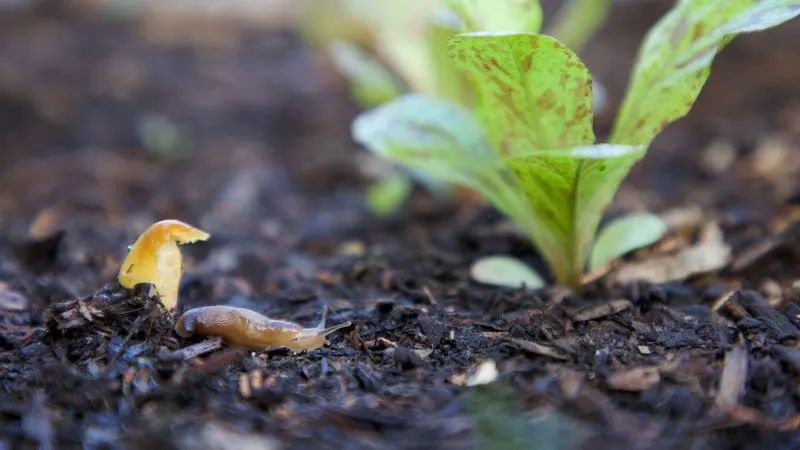
Pests like aphids and fungus gnats can wreak havoc on young seedlings. Ignoring these invaders often leads to significant damage before you notice.
Regular inspection can help catch infestations early. Using natural deterrents, such as neem oil or insecticidal soap, can effectively manage pests without harming the seedlings.
Keeping the growing area clean and free of debris also minimizes pest attraction. Introducing beneficial insects like ladybugs can naturally control pest populations.
Skipping Hardening Off
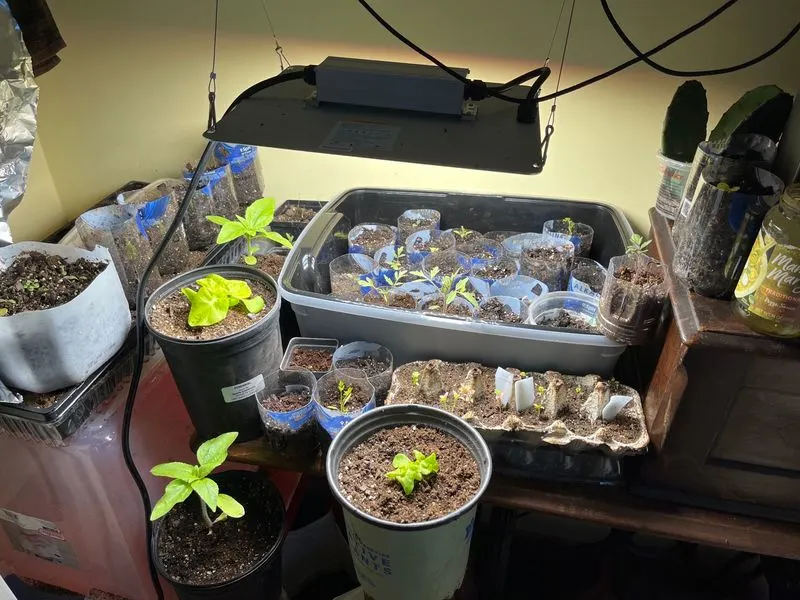
Moving seedlings directly from indoors to the garden can shock them, leading to poor growth or death. The hardening-off process gradually acclimates them to outdoor conditions.
Start by placing seedlings outside for a few hours daily, increasing their time outside gradually over a week or two. This step acclimates them to sunlight, wind, and temperature shifts.
Skipping this process is a common mistake but easily avoided with patience and attention. This preparation ensures a smooth transition to their new environment.
Using the Wrong Containers
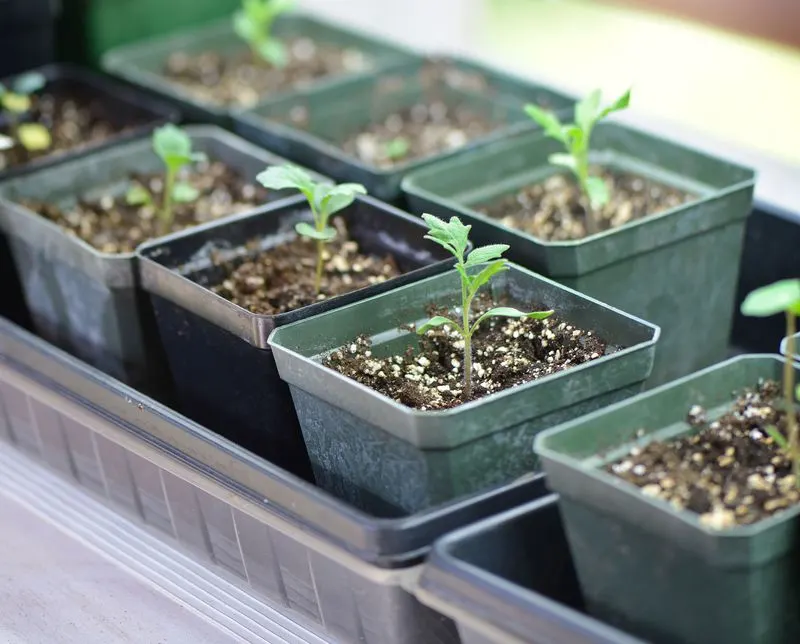
The choice of container can significantly impact seedling health. Containers that are too small restrict root growth, while those without drainage can lead to waterlogged soil.
It’s essential to select pots that provide enough space for roots to expand and have adequate drainage holes. Reusable plastic pots or biodegradable options can be excellent choices.
Ensuring that containers are clean and sanitized before use can prevent disease spread. This attention to container selection sets the foundation for healthy, thriving seedlings.
Over-Fertilizing
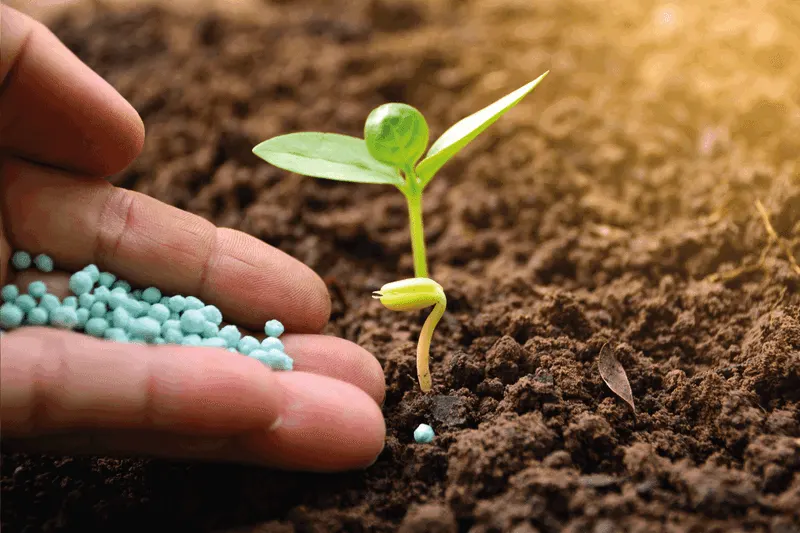
While nutrients are essential for growth, excessive fertilizer can harm seedlings. Over-fertilization often leads to salt buildup, leaf burn, and stunted growth.
It’s crucial to follow recommended guidelines for seedling fertilization, typically using a diluted solution. Organic options like compost tea can provide gentle nourishment without the risk of burning.
Monitoring seedlings for signs of nutrient overload, such as yellowing leaves or halted growth, allows for timely adjustments. This balanced approach encourages healthy development without overwhelming the plants.
Planting Too Deeply
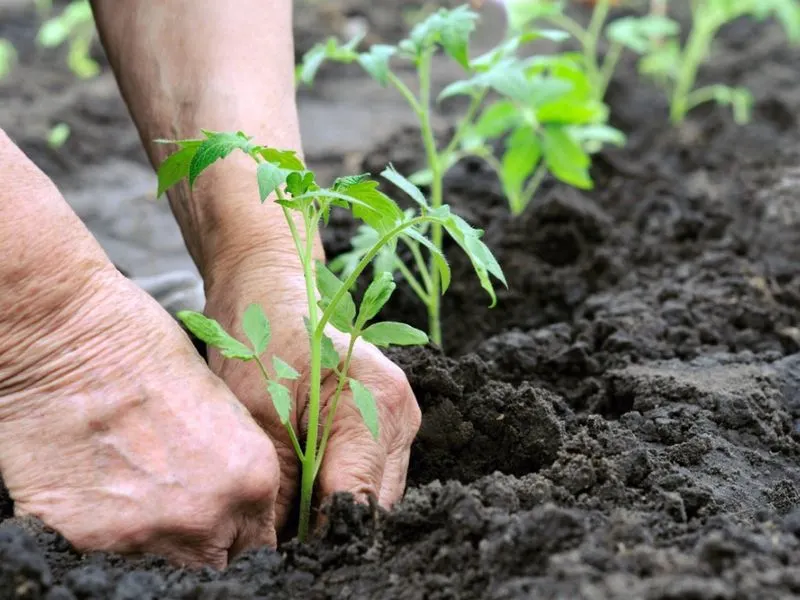
The depth at which seeds are planted can influence their ability to sprout. Planting too deeply often results in seeds struggling to break through the soil surface.
Generally, seeds should be planted about two to three times their diameter. Checking seed packets for specific planting depth instructions can be helpful.
A light cover of soil is usually sufficient. Ensuring the soil remains moist but not waterlogged aids in successful germination.
This mindful approach can prevent common pitfalls related to planting depth.
Neglecting Air Circulation

Good air circulation is vital for preventing mold and disease among seedlings. Enclosed spaces can quickly become breeding grounds for these issues.
Positioning a fan to gently move air around the seedlings can help. This not only reduces the risk of fungal infections but also strengthens the seedlings by mimicking natural outdoor conditions.
Spacing plants appropriately and keeping the growing environment clean further enhances circulation. This simple practice contributes significantly to healthy seedling development.
Not Labeling Seedlings
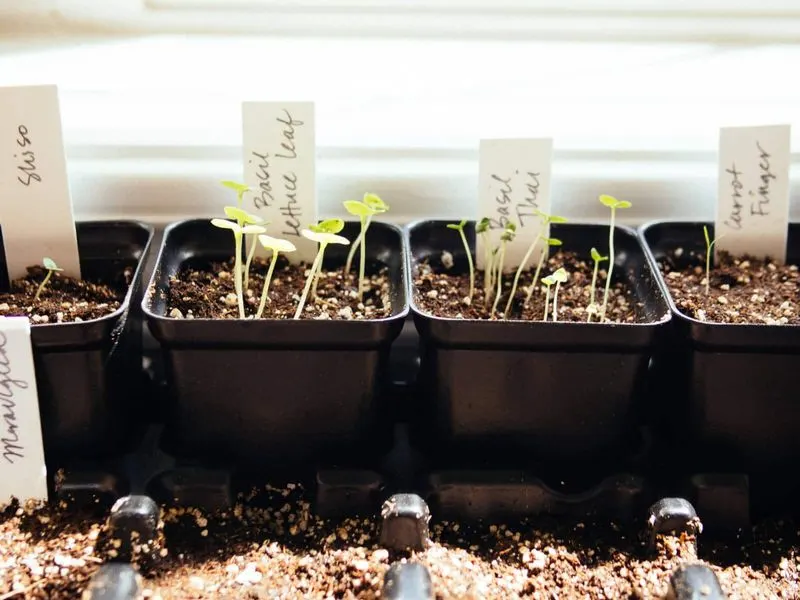
Labeling seedlings might seem trivial, but it prevents confusion as plants grow. Without labels, keeping track of different varieties becomes challenging, especially when growing multiple types.
Using waterproof labels or sticks ensures they remain legible throughout the growing season. This practice helps in monitoring plant progress and planning future garden layouts.
Accurate labeling also aids in identifying specific plant needs and care instructions. Avoiding this common oversight streamlines gardening efforts, creating a more organized and efficient process.
Neglecting Regular Pruning
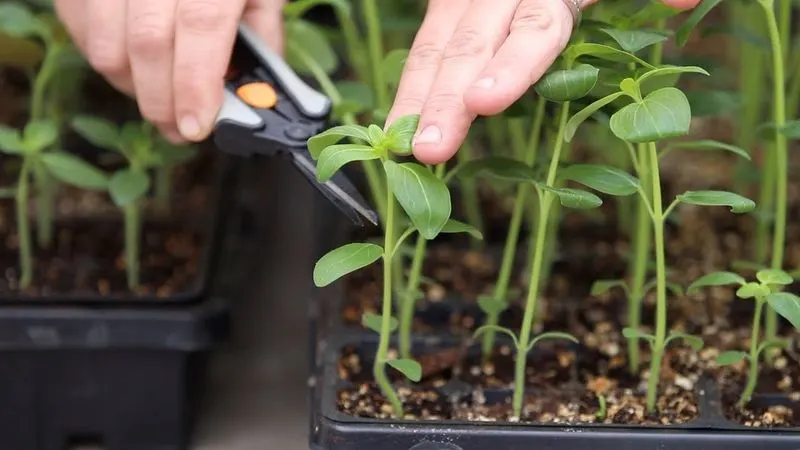
Pruning is essential to manage seedling growth and prevent overcrowding. Some gardeners neglect this practice, allowing seedlings to grow wild and unmanageable.
Regularly prune your seedlings by pinching off excessive growth. This encourages stronger development and prevents competition for resources among the plants.
Using Contaminated Tools
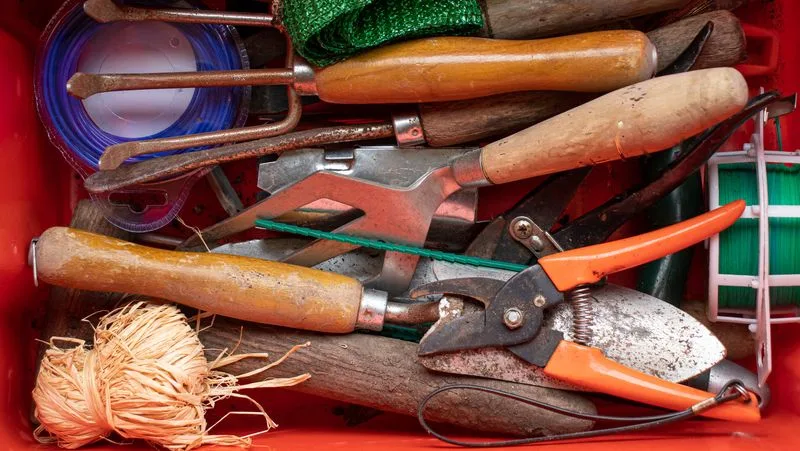
Dirty tools can introduce diseases to vulnerable seedlings. It’s a common oversight but easily preventable.
Regularly sanitizing tools before use can halt the spread of pathogens. A simple solution of bleach and water works well for this purpose.
Additionally, using separate tools for different plant types can further reduce disease risks. Keeping tools clean and organized not only protects seedlings but also extends the lifespan of the equipment.
This diligence fosters a healthier growing environment and more successful gardening outcomes.

